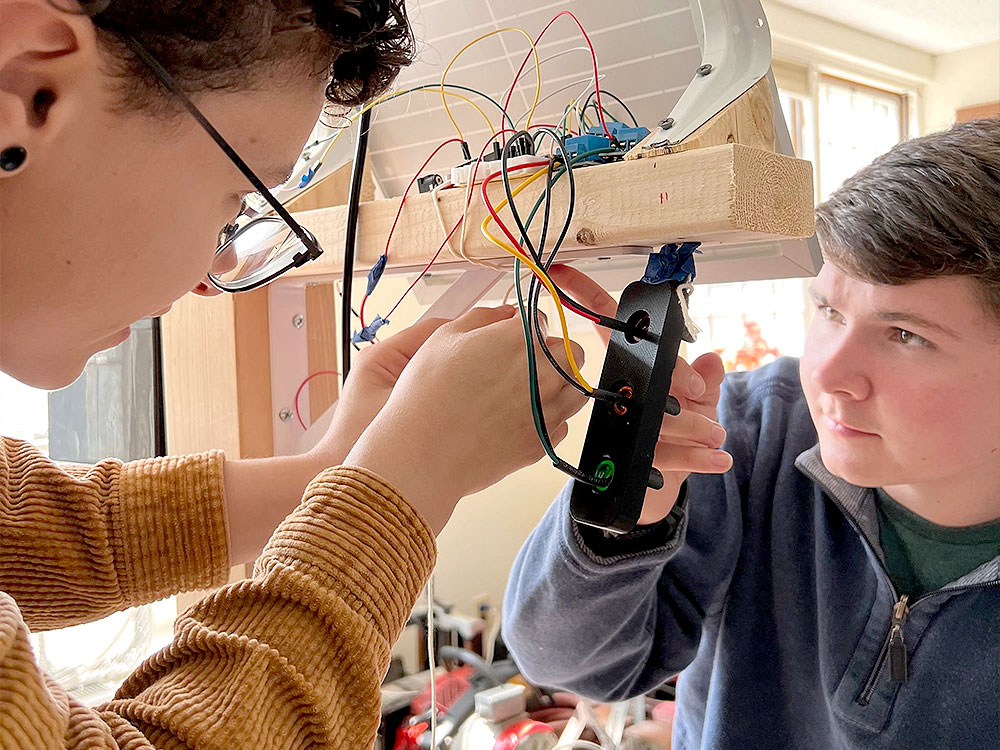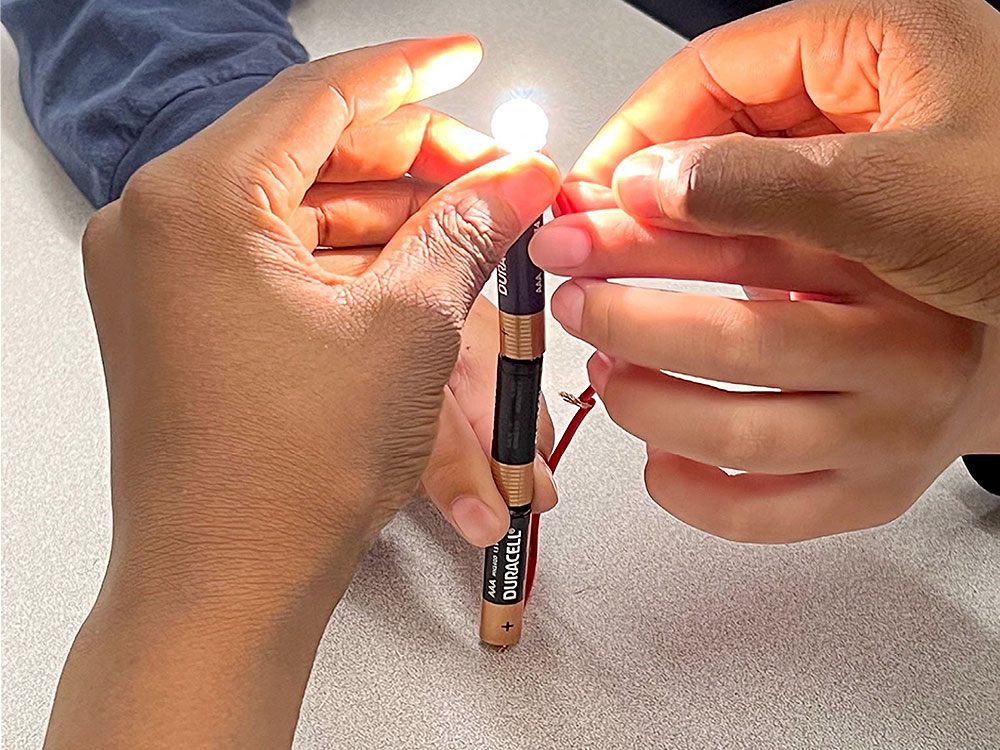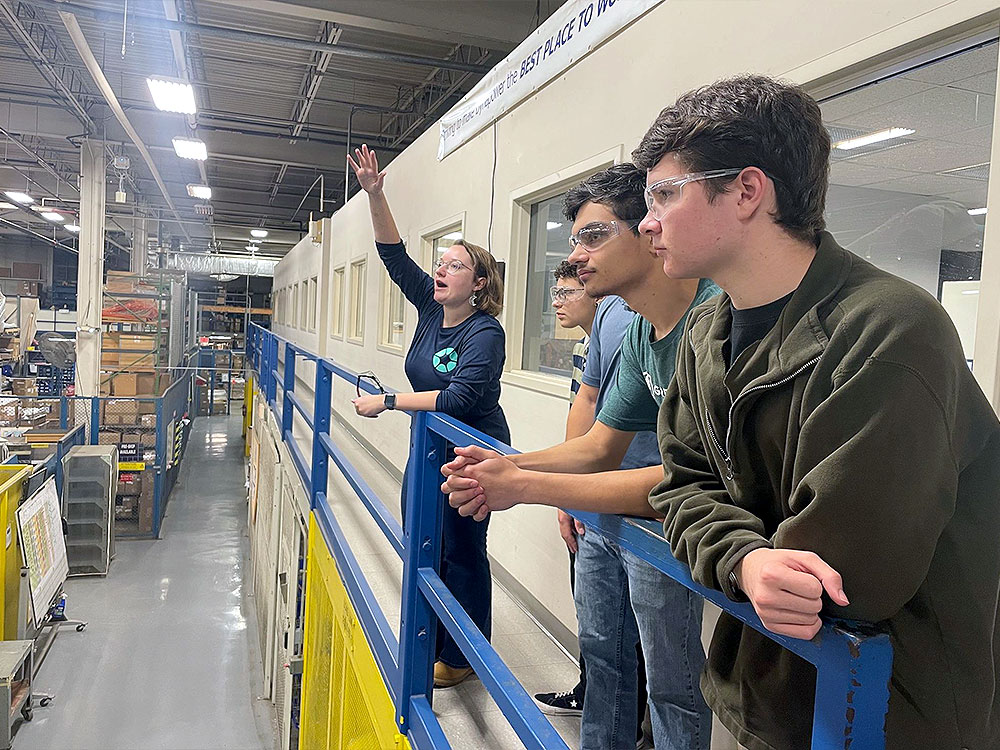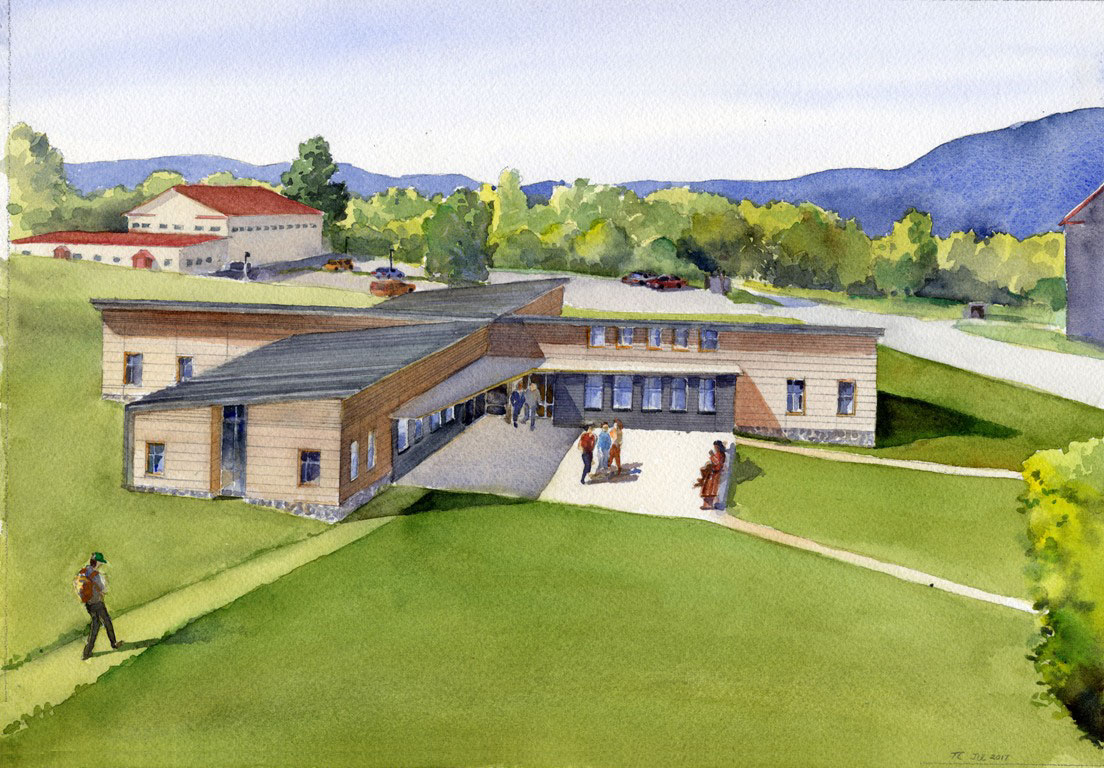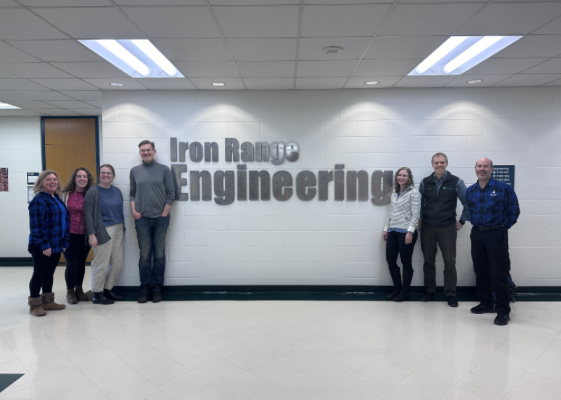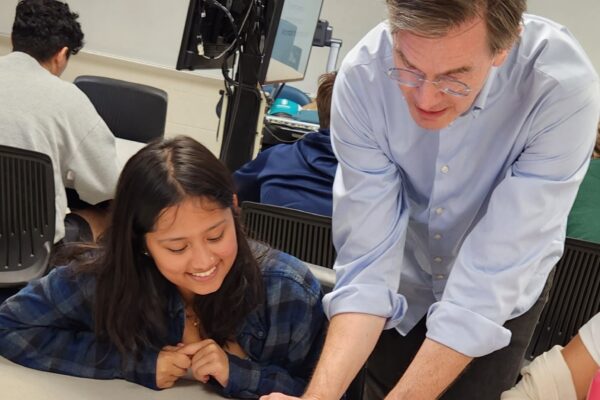The mission of the Greenway Institute is to inspire current & future generations to engineer our sustainable future
Greenway Institute is reimagining engineering education. Using the lens of sustainability, the Institute is building a new undergraduate college, an innovation hub, and K12 programming from scratch to ensure we can meet our current and future environmental, economic, and social needs locally and worldwide. Want to help us build it?

